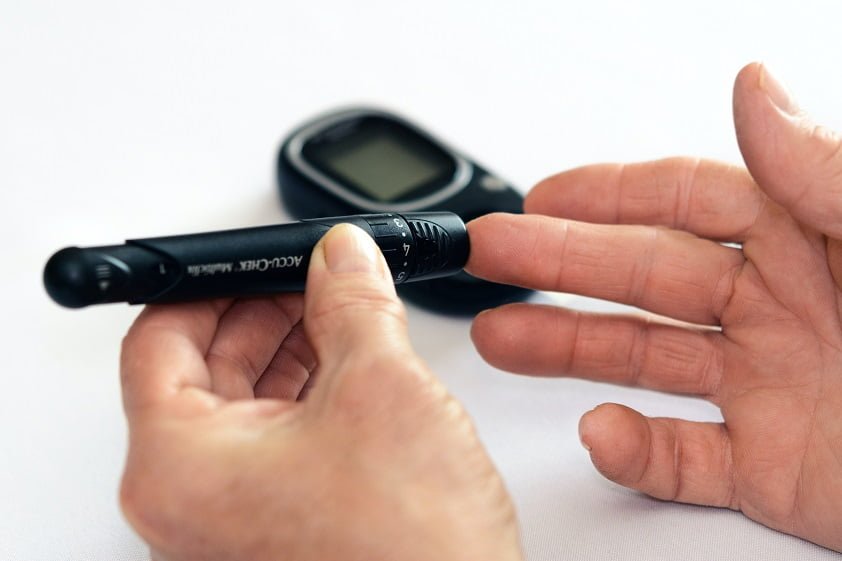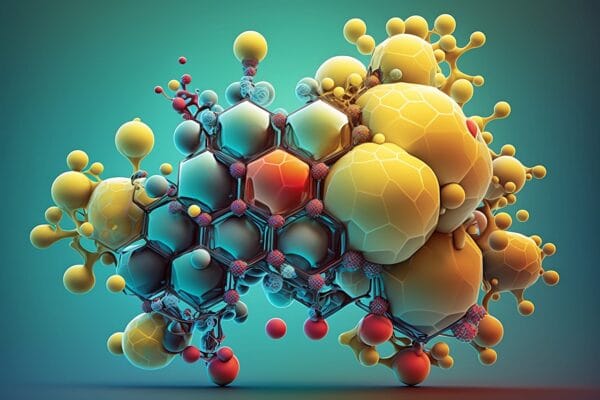Introduction: Sexually transmitted diseases (STDs) continue to pose a significant global health challenge, affecting millions of individuals each year. These infections, caused by bacteria, viruses, or parasites, can have severe consequences if left untreated. This blog aims to provide a thorough understanding of common STDs, shedding light on their symptoms, complications, and the crucial aspect of early diagnosis. Exploring the various diagnostic techniques available emphasizes the importance of proactive healthcare measures in preventing the spread of STDs.
I. Common STDs and Their Symptoms:
- Chlamydia: Chlamydia is a bacterial infection that often does not show symptoms in its early stages. When symptoms do occur, they may include genital discharge, pain during urination, and abdominal pain. If left untreated, chlamydia can lead to more severe complications, such as pelvic inflammatory disease.
- Gonorrhea: The bacterium Neisseria gonorrhoeae causes gonorrhea, which presents with symptoms like painful urination, genital discharge, and, in some cases, pelvic inflammatory disease. If not treated promptly, it can lead to infertility.
- Syphilis: The bacterium Treponema pallidum causes syphilis, which progresses through distinct stages. Primary syphilis symptoms a painless sore, while secondary syphilis may manifest as a skin rash and flu-like symptoms. Severe complications affecting the heart and nervous system can result from untreated syphilis.
- HIV/AIDS: The Human Immunodeficiency Virus (HIV) attacks the immune system and leads to Acquired Immunodeficiency Syndrome (AIDS).
II. Complications and Long-Term Effects:
- Pelvic Inflammatory Disease (PID): If untreated, chlamydia and gonorrhea can lead to PID in women, causing damage to the reproductive organs and increasing the risk of ectopic pregnancies and infertility.
- Infertility: Untreated STDs can cause fertility issues for both men and women. In men, infections like chlamydia and gonorrhea can lead to epididymitis, impacting sperm motility. In women, pelvic inflammatory disease can cause scarring of the fallopian tubes, hindering the egg’s journey to the uterus.
- Neurological Complications: Syphilis, if left untreated, can progress to neurosyphilis, affecting the central nervous system. This can lead to severe neurological complications, including cognitive decline and paralysis.
III. Diagnostic Techniques for STDs:
- Nucleic Acid Amplification Tests (NAATs): NAATs are highly sensitive and specific tests used to detect the genetic material of pathogens. They are widely employed for diagnosing chlamydia and gonorrhea, providing accurate results from various specimen types, including urine and swabs.
- Blood Tests: Blood tests are crucial for diagnosing viral infections such as HIV and syphilis. These tests detect specific antibodies or antigens in the blood, helping to determine the presence of the infection and its stage.
- Cultures and Swabs: Cultures and swabs are traditional methods used to isolate and identify bacteria causing infections. For example, swabs are commonly used to collect samples from genital sores in the case of syphilis.
- Point-of-Care Tests: Rapid tests that provide quick results are valuable for on-the-spot diagnosis. These tests are often used in clinics and outreach programs to facilitate timely interventions and reduce the risk of transmission.
IV. Importance of Early Detection and Prevention:
- Timely Treatment: Early detection allows for prompt treatment, reducing the severity of symptoms and preventing long-term complications. Antibiotics are often effective against bacterial infections, while antiretroviral drugs can manage viral infections.
- Partner Notification and Prevention Education: Diagnosing an STD necessitates communication and education. Identifying and notifying sexual partners is crucial for breaking the transmission cycle. Additionally, educating individuals on safe practices and the importance of regular screenings is essential in preventing future infections.
- Condom Use and Safe Practices: Encouraging consistent and correct condom use remains a cornerstone in preventing the transmission of STDs. Safe sexual practices, including open communication with partners about sexual health, contribute to a proactive approach to disease prevention.
V. Emerging Challenges and Trends in STDs:
- Antibiotic Resistance: The rise of antibiotic-resistant strains of bacteria, particularly in cases of gonorrhea, poses a significant challenge to effective treatment. Ongoing research and development of alternative treatment approaches are crucial in the face of evolving bacterial resistance.
- Changing Demographics: STDs can affect individuals across age groups, but certain demographics, such as adolescents and young adults, are particularly vulnerable. Factors like inadequate sex education, stigma, and limited access to healthcare contribute to the increased incidence of STDs in these populations.
- Global Impact: STDs have a profound global impact, disproportionately affecting low- and middle-income countries. Addressing these disparities requires international collaboration, improved access to healthcare, and the development of culturally sensitive prevention and treatment strategies.
VI. Technological Advances in STD Diagnosis (300 words):
- Home Testing Kits: Advances in technology have led to the development of home testing kits for certain STDs. These kits allow individuals to collect samples at home and send them to a laboratory for analysis, providing a convenient and confidential testing option.
- Telemedicine and Telehealth Services: Telemedicine has become increasingly prevalent in healthcare, including STD diagnosis and consultation. Virtual appointments and remote testing options improve accessibility, particularly for individuals in underserved or remote areas.
- Artificial Intelligence (AI) in Diagnostics: AI is playing a growing role in the interpretation of diagnostic results. Machine learning algorithms can analyze large datasets, improving the accuracy and efficiency of STD diagnoses. This holds promise for faster and more precise identification of infections.
VII. Overcoming Stigma and Promoting Mental Health:
- Stigma Surrounding STDs: Stigma remains a significant barrier to STD testing and treatment. Addressing misconceptions and reducing societal stigma is essential for creating an environment where individuals feel comfortable seeking healthcare and openly discussing their sexual health.
- Mental Health Implications: A diagnosis of an STD can have profound mental health implications. Providing support services, including counseling and resources for coping with the emotional aspects of a diagnosis, is crucial for the overall well-being of individuals affected by STDs.
VIII. Public Health Interventions and Future Outlook:
- Comprehensive Sex Education: Implementing comprehensive sex education programs is fundamental to preventing the spread of STDs. These programs should cover not only the biological aspects of STDs but also address issues related to consent, communication, and healthy relationships.
- Vaccination Programs: Vaccination plays a critical role in preventing certain STDs, such as human papillomavirus (HPV). Increasing awareness and accessibility to vaccines can contribute to reducing the incidence of these infections.
- Community Engagement and Outreach: Community-based initiatives and outreach programs are essential for reaching vulnerable populations. These efforts involve creating awareness, providing resources, and promoting regular screenings to foster a proactive approach to sexual health.
Conclusion:
In conclusion, understanding the various STDs, their symptoms, and the available diagnostic techniques is pivotal for effective disease management and prevention. Early detection through modern diagnostic methods enables timely intervention, reducing the risk of complications and transmission. Moreover, promoting comprehensive sexual health education, destigmatizing testing, and encouraging safe practices are integral components of a holistic approach to combating the prevalence of STDs. By fostering awareness and embracing proactive healthcare measures, we can collectively work towards a healthier future, minimizing the impact of these infections on individuals and communities.







